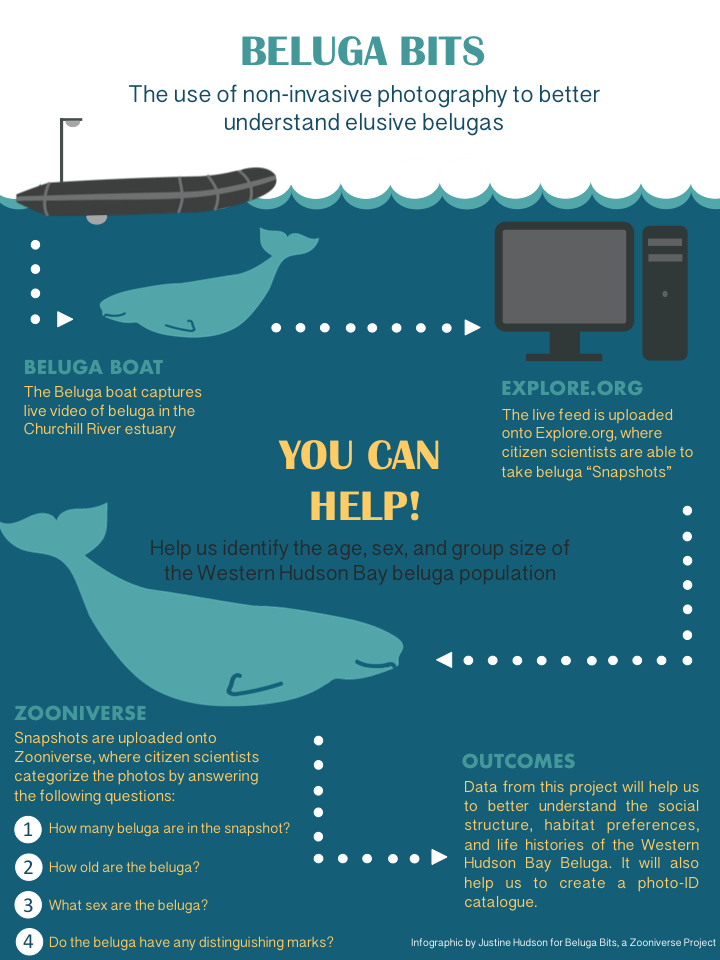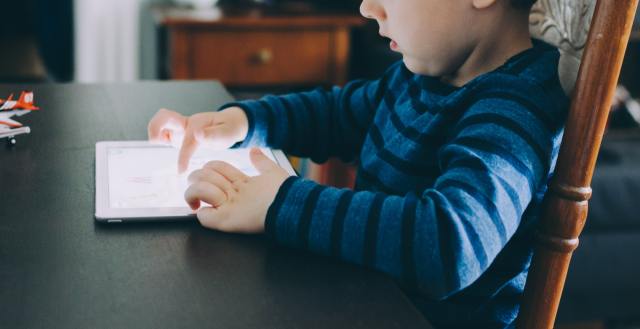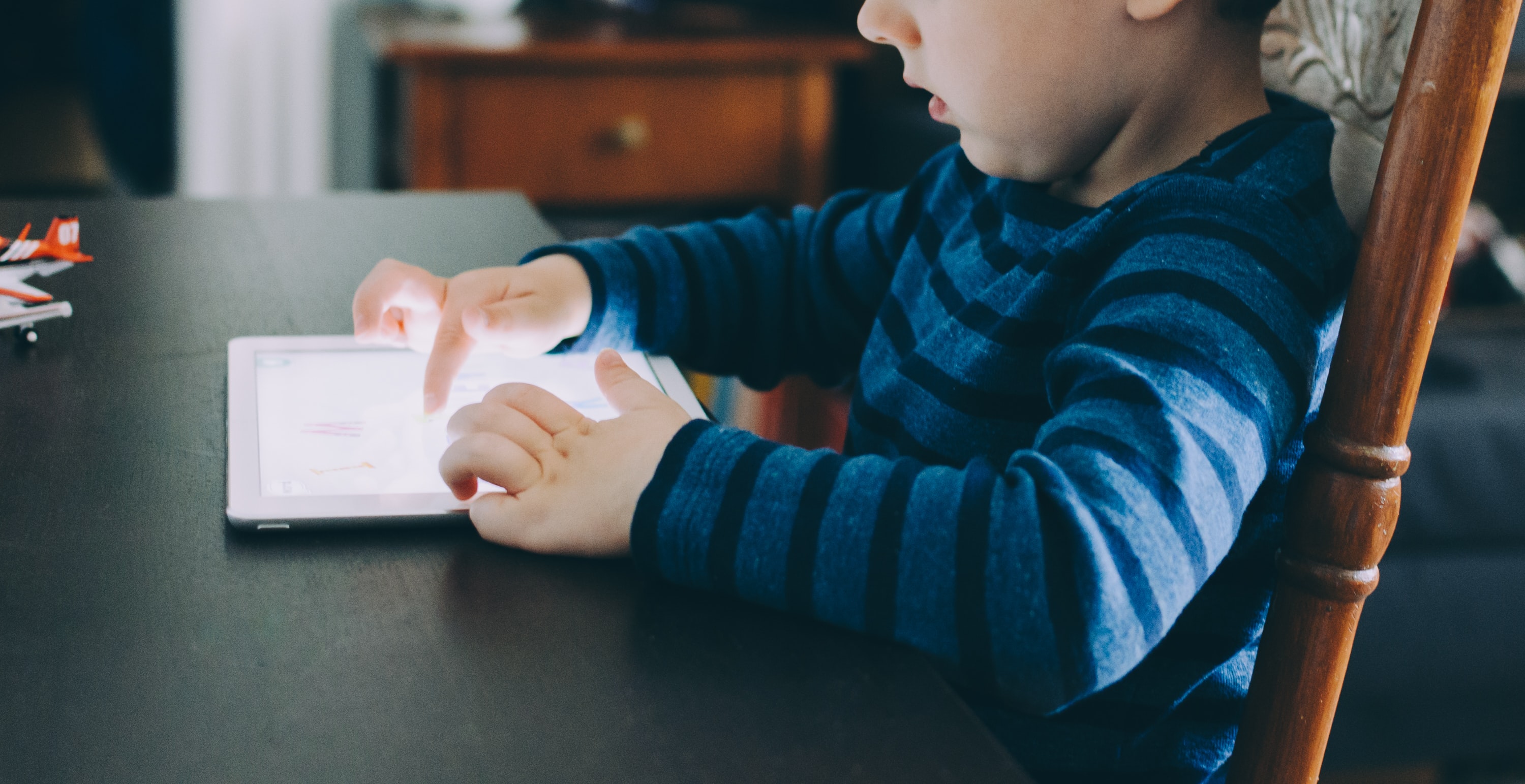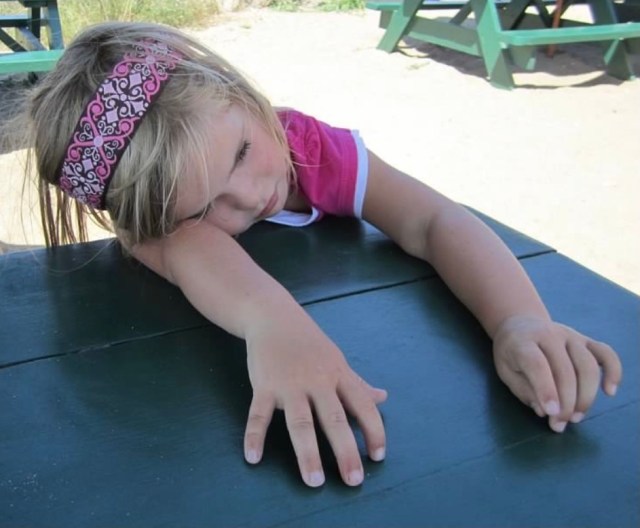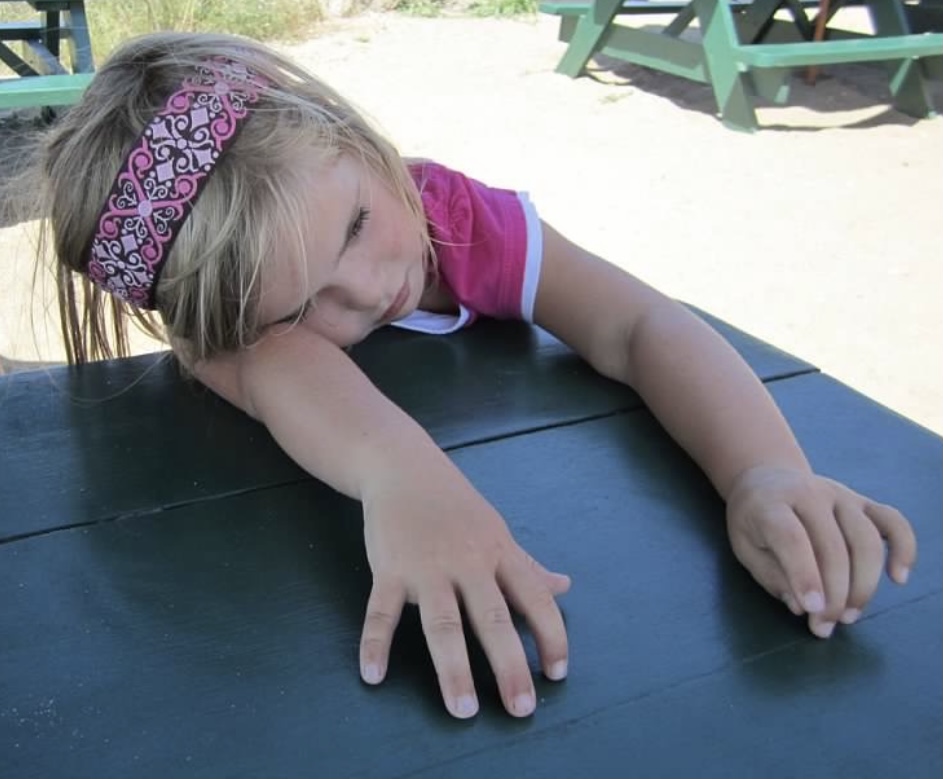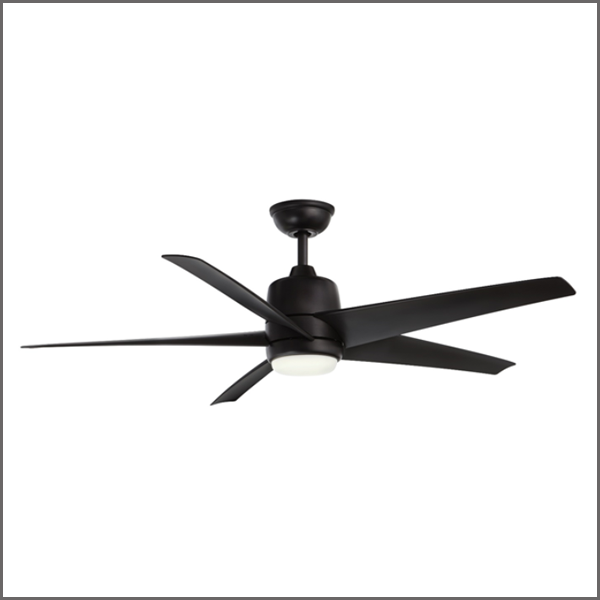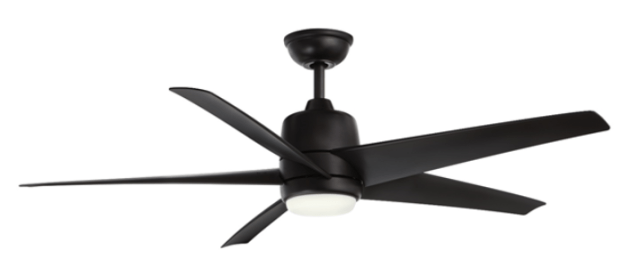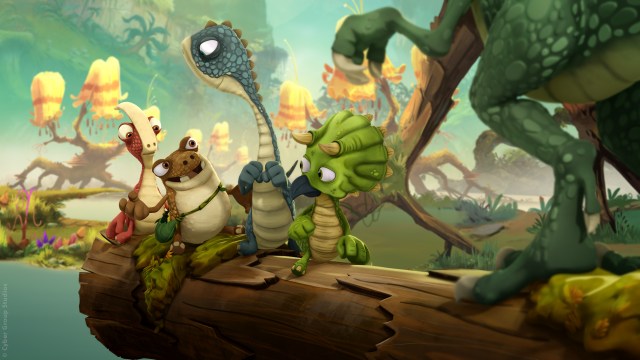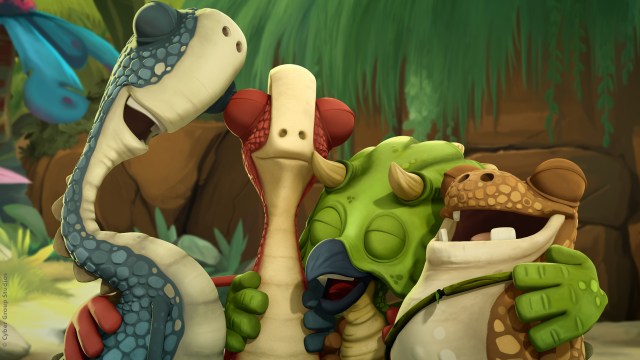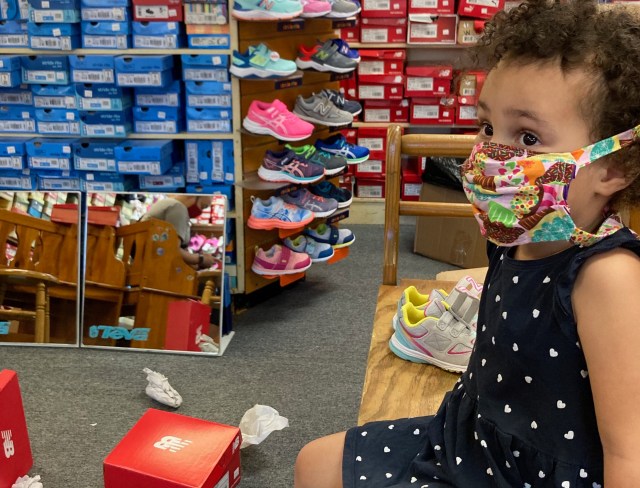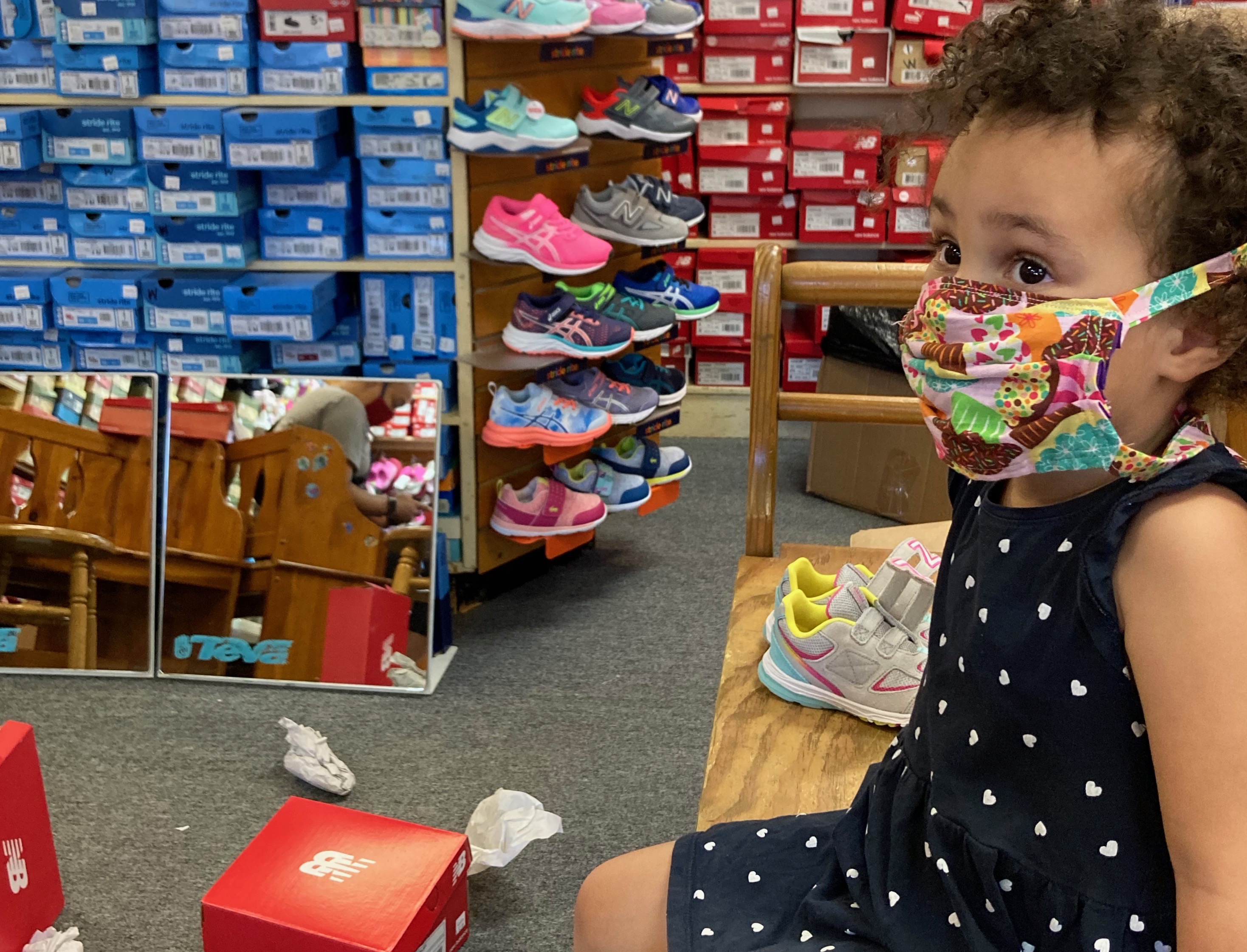Contact your state elections office or just ask a friendly poll worker about rules and limitations on bringing your children along with you to the voting booth
Election Day is almost here and…well, maybe you have a preschooler, toddler, or newborn in tow. Now what? Um, go ahead and bring your kid with you to vote! Yep, that’s right. Take your pint-sized politician (in the future sense, of course) into the booth.
Many parents wonder if they’re legally allowed to bring their children with them into the voting booth. Even though this civic duty is a highly private one, the government allows minor children to accompany their voting parents in every state. That said, some states have their own laws setting maximum ages for kids who can come into the voting booth.
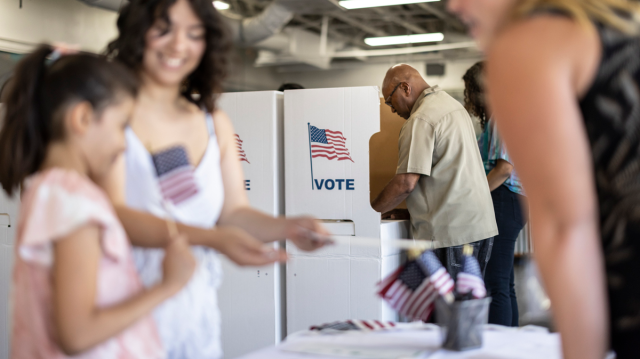
Related: How to Steer Kids Through a Divisive Political Season
Don’t worry, your kindergarten kiddo can still go with you. States that do have age restrictions have set limits that are well into the teenage years. But keep in mind that each state has different rules, so ask questions and be prepared. In Virginia, for example, only children 15 years old and younger are allowed in the booths, according to NBC News. The same goes for Connecticut. But in California and other states, parents can bring along any minor under the age of 18.
If you’re not sure what the legal maximum age for a child accompanying a parent into a voting booth is, just ask. Call your state’s elections office before you go, or just ask the helpful friendly faces at your local polling place when you arrive. Go in knowing that every. single. state. in the country allows parents to bring their minor children into the voting booth with them, so if a poll worker turns you and your child away, remind them of their state’s laws not only dictating voting booth rules, but also voter suppression.
Along with age restrictions, some states also have total child maximums. Depending on your state, the law may limit the number of kids you bring into the booth to one or two. Again, always ask ahead of time. If you have three kids and your state only allows two, consider setting up an Election Day babysitting collective in your community or bring a friend with you to vote.
Related: Rock the Vote! Election Day Games for the Kids
Related: Things to Do with Your Family Instead of Talking Politics
Okay, so what happens if your toddler throws a tantrum while you’re waiting in line to vote? Disrupting the voting process is a no-no. If your child’s not-so-pleasant behavior is impeding others from voting, distracting them, or causing problems for the other voters, polling place helpers could ask you to leave. Hey, you can go back to vote later on—after the babysitter comes.
So here’s the big question, “Why should you bring your kids with you to vote?” Taking your kids into the voting booth gives them a chance to see democracy in action and encourages them to think critically about what’s in the news. According to a study by the University of Chicago, nearly half of young people aged 15 to 25 get news at least once a week from family and friends via Twitter or Facebook. And it can be difficult to tell fact from fiction. One of the study’s conclusions is: “Youth must learn how to judge the credibility of online information and how to find divergent views on varied issues.”
There’s no reason to wait until they’re 18 (and of legal voting age) to start talking about their civic rights and responsibilities. Going into the voting booth with mom or dad makes our country’s political process concrete and tangible for them, helping your young child to better understand it.
There you go—kids plus voting is a win-win situation. Happy voting!
with additional reporting from Erica Loop






